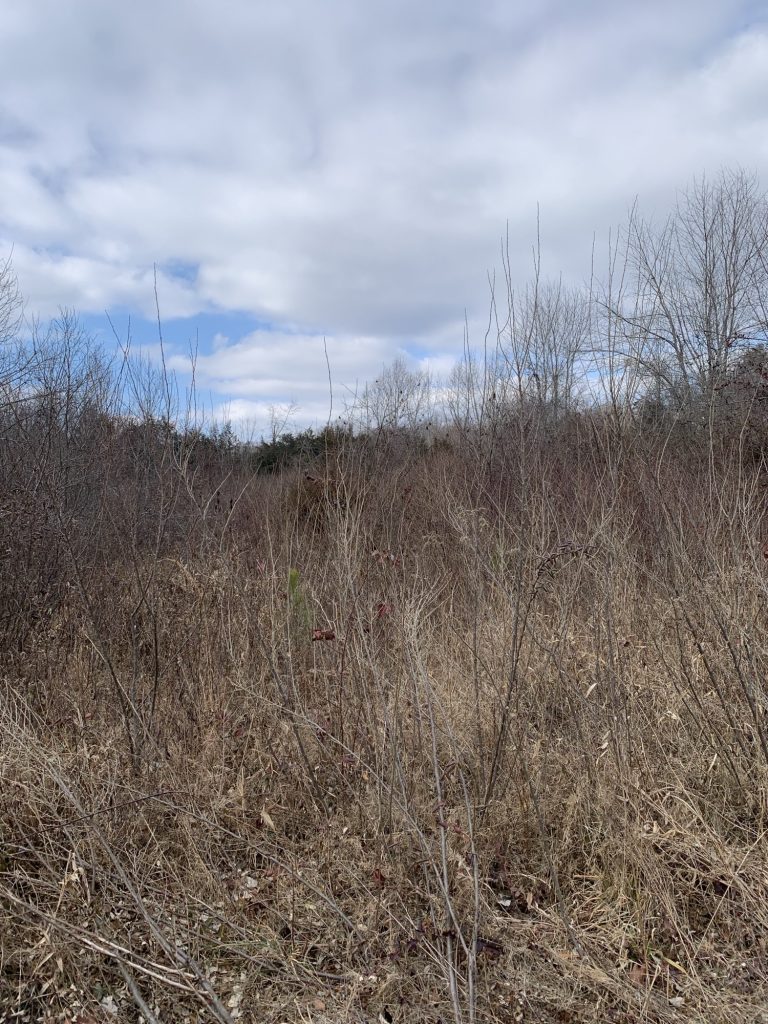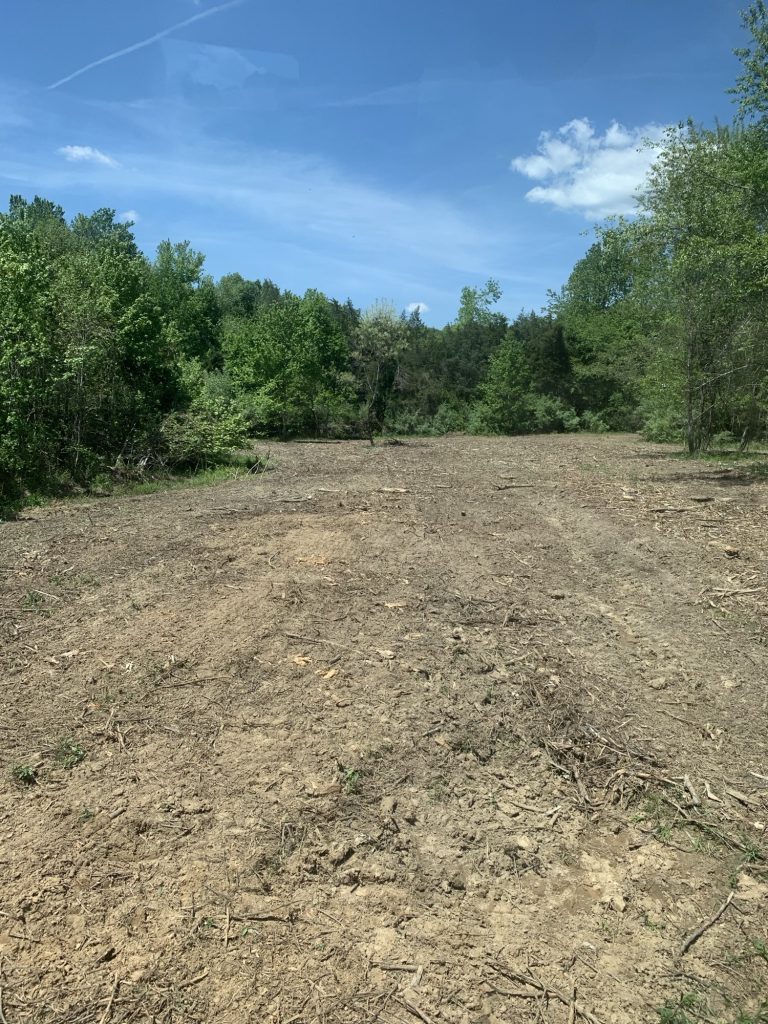NWTF and DWR Reclaim Habitat for Turkeys, Ecosystem Health
Consisting of over 4,500 acres of various land cover, the C.F. Phelps Wildlife Management Area, located in Virginia’s Fauquier and Culpeper counties, consists of mature hardwood forests interspersed with pines. Bottomlands also occur along the Rappahannock River, which spans the entirety of the WMA, bisecting the northern portion and acting as the western boundary of the remaining acreage.
Thanks to collaborative efforts between the Virginia NWTF State Chapter and the Virginia Department of Wildlife Resources, the sprawling WMA has received noteworthy habitat enhancements.
Historically, there was more open land scattered around the WMA. However, many of these early successional areas have been lost to time and the encroachment of invasive species. A recent project between the Virginia NWTF State Chapter and the VDWR reclaimed over twenty acres of land that were overgrown by a monoculture of dense Autumn Olive, along with other invasive species.
Monocultures occur when one vegetative species totally encompasses the landscape, and it is often an invasive species that takes over.
The autumn olive monoculture on the C.F. Phelps WMA was mechanically reduced by using a forestry-mulcher-equipped skid steer that mows it down, followed by other chemical and mechanical management techniques.
“Monocultures provide lesser value to wild turkeys and wildlife in general than diverse habitat types adjacent to one another,” said Cully McCurdy, NWTF district biologist for North Carolina, Virginia and West Virginia. “Although the habitat type present provides nesting cover, we have too much of a good thing. The encroachment of the autumn olive has eliminated the valuable brood range that is often a limiting factor for wild turkey habitat.”
The main goal of the recently completed project was to return the area back to diverse habitat consisting of native grasses and shrubs that wild turkeys can utilize for nesting and brood-rearing. The project also benefits other game and non-game species, increasing pollinator communities and creating travel corridors for deer and more.


Additionally, a similar 18-acre project from 2023 borders the project site from this year. VDWR established beneficial vegetative communities in the adjacent clearcut area in unison with the NWTF-DWR project, effectively creating a mosaic of diverse vegetation types and age classes that meet the biological needs of various species.
“Wild turkeys thrive in a mosaic of habitats that provides them with all the tools they need to survive throughout the year,” McCurdy said. “This includes mature trees for roosting at night, open grassy areas that allow them to raise poults in the spring while being relatively concealed from predators, and mast-bearing trees for turkeys to stock up on energy for the winters. This project and the adjacent projects give turkeys added tools in the toolbelt they need year-round.”
Since the project site has been treated, DWR is continuing to maintain the area with dozer work, herbicide treatments on invasive plants and planting other native tree and shrub species, such as native dogwoods, spicebush and native seed mixes. This ongoing maintenance is crucial to ensure the long-term success of the project and the health of the local ecosystem.
“We are creating a complex of dense young-growth forest, mature forest, agricultural land and early successional habitat all within the same general proximity to one another, so that turkey broods don’t have to travel too far in their early days in search of food or escape cover,” said Jonathan Petri, DWR wildlife area manager. A seed mix containing native grasses and wildflowers, such as little bluestem and black-eyed Susan, will be considered if the resulting conditions are suitable to establish suitable cover and foraging opportunities. Once the invasives are under control, we plan to spot spray, hack and squirt or use basal bark application to undesired plants in the area to allow the desired species to flourish.”
Once the natives are established, a prescribed fire regime will be established to ensure they remain and thrive.
The Virginia NWTF State Chapter paid for the mulching, a $25,000 investment, and with another $16,500 of in-kind contribution by the DWR, the total project value comes in at $41,500.
This year, the project site is serving as a successful proof of concept for similar projects within the WMA, instilling optimism for the future of habitat reclamation efforts in the Old Dominion State.
“The project is providing a great deal of support towards our goals for the WMA,” Petri said. “By creating better nesting, brood and forage habitat on public land [for turkeys], we are also supplying quality habitat resources for a variety of other native wildlife species and improving the experience for hunters and wildlife viewers alike.”
The C.F. Phelps WMA provides excellent hunting opportunities for Virginia residents and non-residents alike. Turkey populations on the WMA are doing well, thanks to habitat management practices such as the recent NWTF-DWR project. Other game species on the WMA include deer, doves, rabbits, quail and squirrels. Several species of ducks can also be found along the Rappahannock River.
“The project ties what we at the NWTF are all about, conserving wild turkeys and creating better hunting opportunities,” McCurdy said. “Our work also benefits non-consumptive recreators and leaves the ecosystem in a better, more natural state. We are proud of our work with the DWR, on the C.F. Phelps WMA and across the Old Dominion.”
